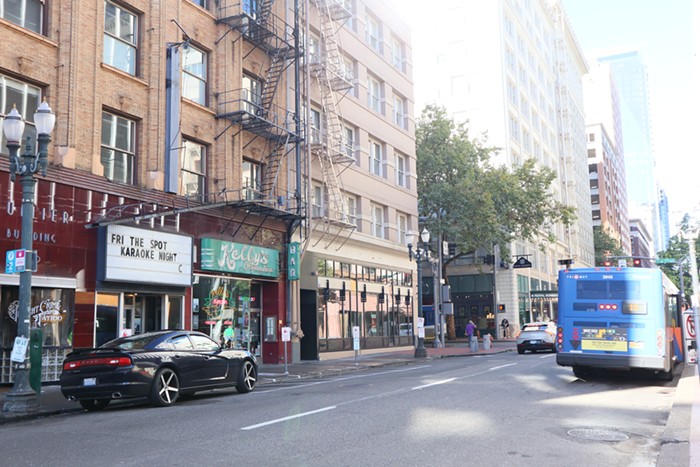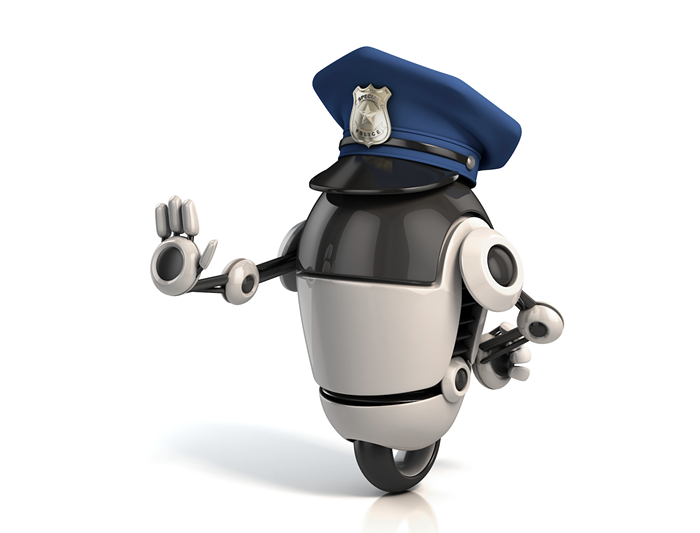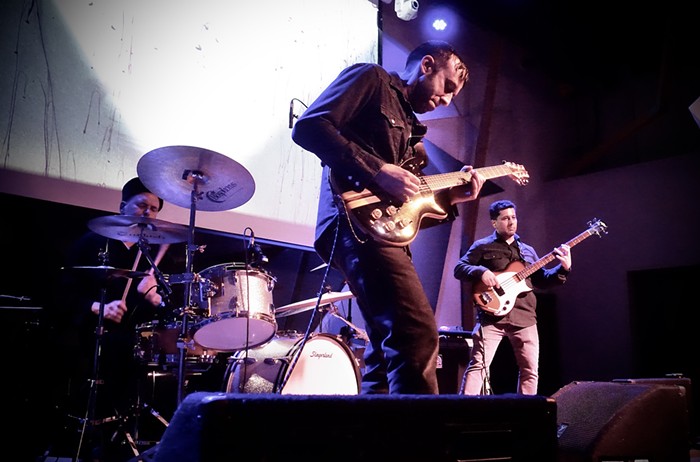
Unless you've been living in a remote cave without access to news (in which case I weep tears of bitter jealousy for your life), you’ve heard of the many reported health and performance benefits of a magical elixir known as “Bulletproof Coffee” AKA Butter Coffee. (It sounds better in Spanish: “Antibalas Cafe.”)
It’s made with hot coffee, MCT coconut oil (MCT stands for medium chain triglycerides or medium chain fatty acids, a healthier form of coconut oil which doesn’t solidify), and grass fed butter or ghee. It’s all tossed into a blender, and the result is a frothy, creamy latte like beverage that pairs the reason I am still breathing, caffeine, with the two added fats. Users report benefits ranging from an increased metabolism, more energy, a reduction in hunger and cravings, and sharper mental focus. It’s also suitable for those following a Ketogenic diet, God help you.
I’ve been making these at home for a couple months, and can confirm that they have provided the noticeable benefits as reported. Even with my 2020 resolution to eliminate dairy, the absence of butter or ghee hasn’t been noticeable, so vegans can enjoy them too.
To help you get through the balance of winter, I give you a drink I’m calling “Budproof Coffee.” Yes, it’s fucking great, and yes, I got so high on one that I registered the domain name “Budproof Coffee.”
It’s a pretty straight forward set-up: Cannabis infused coconut oil and butter are used in place of effective, but boring, non-infused products. I tried numerous coffees made with varying amounts of both fats. It helped that I inadvertently stumbled upon this beverage last winter when I began dropping one or two of the Cold Brew Coffee hard candies produced by Portland based Elbe’s edibles into my first (and/or fourth cup) of daily coffee.
Elbe’s uses a full plant extract butter in their edibles, and are precisely dosed at 5 mg of THC per candy, which the industry considers to be a “microdose” of THC. Oregon edibles are limited to 10 mg of THC per serving, which is considered a standard dose of THC for adult use products in other states with cannabis programs. I quickly learned that for most days, 15 mg was the sweet spot for my intentions and responsibilities. For other days, the caffeine offset the THC to a degree where 45 mg of THC still left me engaged enough to hold my own in social situations. That also meant 9 candies which was more sugar and $$ than I wanted to invest in on the daily.
I’ve made my cannabis edibles with both butter and coconut oil for years. Both are high fat products which take the widest range of flavors and effects from whatever cannabis is added, delivering a deeply felt high in whatever product to which they are included.
I am not aware of any pre-made MCT and/or butter for legal sale (comment below if you do), so you will need to make your own, or start being really nice to someone who will make it for you. Although that’s not really keeping with your 2020 resolutions to stop being so dependent on others—but hey, at least you tried, sort of I guess.
Making cannabis infused fat is something that a million YouTube videos demonstrate can be done in as quickly as an hour to three days, using solely cannabis and fat, or a combination of fat and water to extract the cannabinoids. The challenge or “glorious opportunity” for some is that most of us don’t pay to have our homemade edibles tested for THC content. So you may have an unpredictable and undependable experience from batch to batch.
How strong you make your coffee is a factor, but more importantly, the amount of THC in the fats used, and that’s where this gets tricky. Over consumption can lead to the disaster of “Coffeepocolypse”—being way too high, and way too wired to deal well with that new reality. So unless you prefer an extra shot of paranoia and panic to your Anxiety Latte, I beg you pay heed to how much THC infused fat you add.
There are some rules of thumb as far as the quality of the plant matter being used: trim vs bud, “A” bud vs “B” bud, overall potency of the plant matter used, etc. While the lowest cost of making the fats is with homegrown cannabis, it doesn’t cost much more to seek out and buy shake and “B” buds offered by some dispensaries. Shake is what ends up on the bottom of dispensary cannabis container and transportation bags, “B” buds are the smaller buds produced by the plant. Both are sold at substantial discounts. I’m seen ounces of either for between $20 and $75. Have a ragtag collection of leftover buds from last year? This is a great use for them as well.
Dispensary purchased flower has the added benefit of labeled lab results, including THC content. Using that number I can roughly calculate the maximum amount of THC available in the plant, and figure what my THC per serving will be.
I used this online calculator to figure the amount of THC in each tablespoon of the infused fat produced. Example: An ounce of shake tested at 10 percent THC, added to a pound of butter, would yield 24 tablespoons of cannabutter at just over 24 mg of THC per tablespoon, and just over 1000 mg of THC total. If you are using top shelf bud, hash or concentrates instead of shake, this site has rates of THC typically found in each product category.
A standard recipe for Bulletproof Coffee involves adding anywhere from a half teaspoon to a full tablespoon each of butter and MCT oil to a “cup” of coffee. My “cups” are closer to pint mason jars, so there is a tremendous amount of variance, with some recipes calling for the fat to be added to a "pot of coffee." I found my ideal amount of fat to coffee to be about 1 full tablespoon of fat to one pint of coffee, so start with non-infused fats to find your ideal ratio. The blender is key, as you want a frothy, creamy well mixed beverage. You can use an immersion stick blender when traveling, or place it all into a jar with a tight fitting lid and shake it, shake, shake it like a Polaroid picture. Add cinnamon or whatever you else you want, there are no wrong choices here.
You may think of this as a drinkable Speedball, the unfortunately nicknamed pairing of a cup of coffee and a joint.
Tips:
If you make your infused fats in large quantities, if may be worth it to pay to have your finished fat lab tested, so you can measure out with the utmost of accuracy. If not, trial and error will get you to the ideal serving size.
Start slow. Maybe slower than that. No, really. It’s really easy to overdose when the fat is strongly infused, and without a lab test, you are guesstimating at best. You can always add more, but much like drunkenly screaming at your racist uncle at a family wedding, some things cannot be taken back, including the amount of cannabis you have ingested. If you get too high, try chewing on some black peppercorns, an often recommended way to chill your high.
Use MCT oil, not only for the benefits it provides above and beyond regular coconut oil, but because MCT stays liquid regardless of temperature. Coconut oil thickens into an unappetizing disc on top when it cools. It won't impact the effects, but chewing a weed flavored chunk of coconut oil isn’t really a treat.













